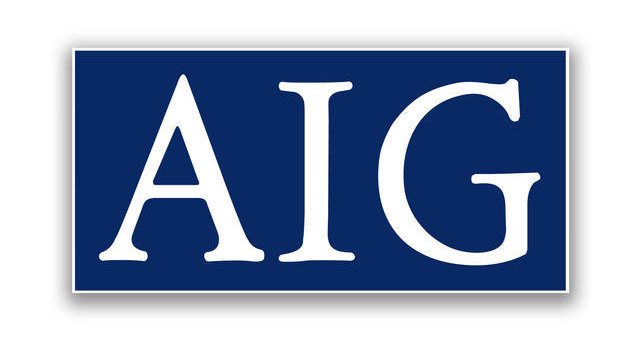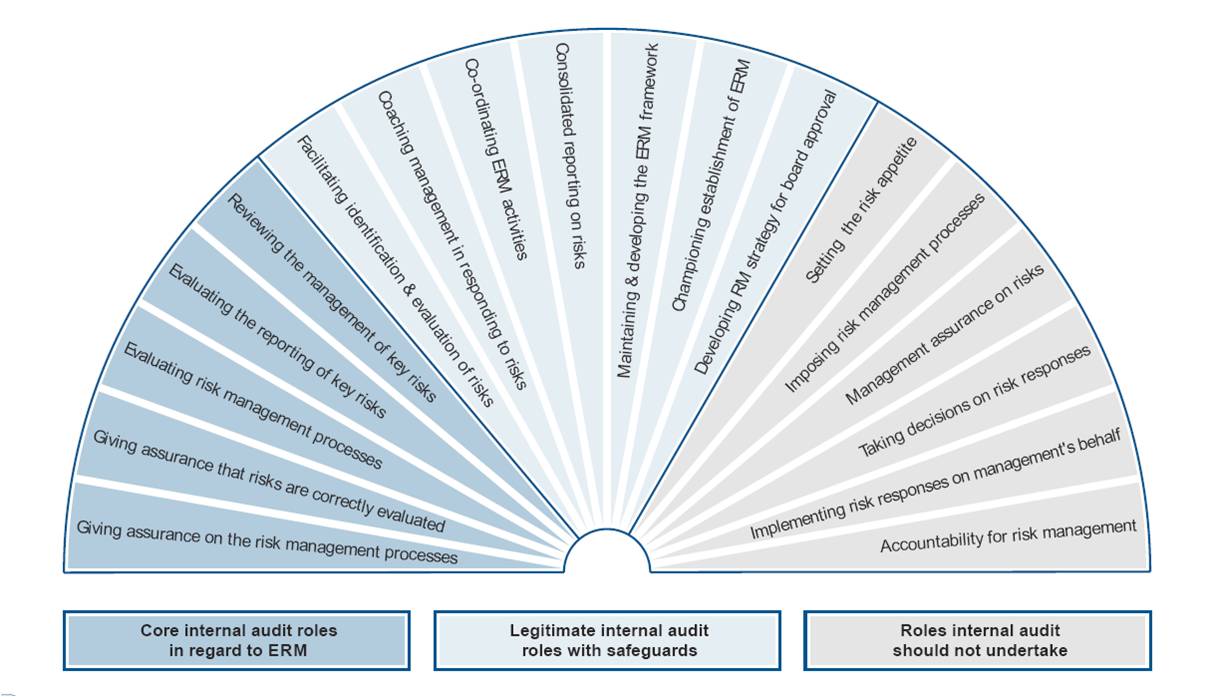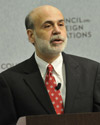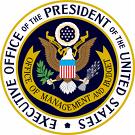Respondents are working towards convergence with the Institute of International Finance principles: current alignment varies by principle, some critical gaps need to be addressed (see figure 1 below). Respondents have a high degree of alignment to a number of the IIF’s principles; however, there have been critical gaps in the area of risk-adjusted performance measurement and compensation phasing to coincide with the risk time horizon of profit. Only 11% of respondents stated that they were fully aligned to Principle 3: risk adjustment and time horizon alignment, although the vast majority of institutions (83%) already have plans to close the gap. Indeed, 60% of respondents expect to be fully aligned to all seven principles once their plans are implemented.
Changes required for successful implementation
- Organisational will and strong leadership are needed to ensure internal acceptance of changes to compensation policy. The current point in the cycle unquestionably represents the most opportune time to implement change, although survey respondents still believe that retaining competitiveness versus peers will be a challenge. In order to implement change, senior management, including the CEO, CFO and CRO, need to be fully involved in the change process and closely engaged with Human Resources on compensation. Boards should demand transparency around performance metrics and employee incentives to accurately appraise compensation schemes. We encourage supervisors and regulators to support an industry push towards compensation structures and governance that avoid any undue build-up of risk at financial institutions.
- More effective oversight of the compensation system; improved checks and balances. Discussions with industry participants indicated that improving the governance process through which compensation is debated and validated, and striking the correct balance between fact-based metrics and more discretionary aspects, will be critical to shaping new compensation practices.
- At a time of significant industry and individual stress, significant mobilization is required. Dedicated resources, senior management time and influence, and strong links between management, finance, risk and human resources teams will be necessary to implement the changes required.
Now is the time to align risk management and compensation so that another crisis of this magnitude can be avoided. Wheelhouse Advisors is prepared to help you with your implementation challenges. Visit www.WheelhouseAdvisors.com to learn more.

















